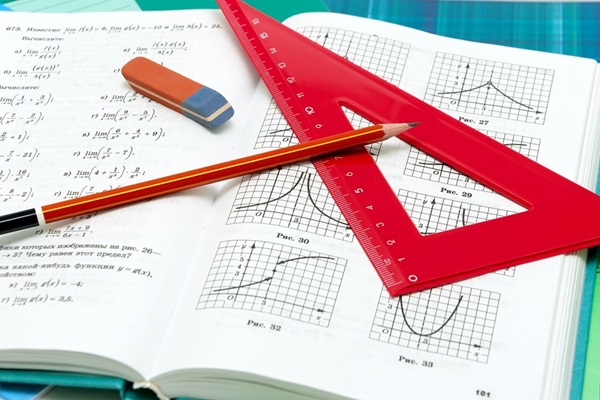PISA 2022 and the EU: three thought-provoking trends

Its primary goal is to assess how well students apply their skills and knowledge to real-life problems, think critically across disciplines and demonstrate effective learning strategies, rather than measuring their ability to memorise information and reproduce learned material.
PISA has gained significant attention globally as a valuable resource for informing policy decisions and enacting effective policy reforms. It is a valuable tool for policymakers and educators to compare educational systems and identify useful practices. It can be used to create shared points of reference, leverage peer pressure and help countries improve their education policies and outcomes by learning from the experiences of other systems.
The PISA 2022 results reveal three thought-provoking trends for the EU.
1 – One in four students underachieve in mathematics, reading or science
A sufficient level of basic skills sets the foundation for more complex aptitudes, and is crucial for personal, academic and professional success. It is a prerequisite for enabling individuals to navigate the complexities of life, engage with their communities and contribute meaningfully to society. In the context of the European Education Area, the EU sets a basic-skills target based on PISA: the underachievement rate of 15-year-olds (i.e. the share of students who are unable to reach a minimum competence benchmark) in reading, mathematics or science should be less than 15% by 2030. However, EU results are moving further away from this target. The underachievement rate has largely increased in mathematics and reading (more moderately in science) in most countries compared to the previous PISA (2018). The EU average is now 29% in mathematics, 26% in reading and 24% in science.
2 – Half of students from disadvantaged socioeconomic backgrounds underachieve in mathematics
Socioeconomic background continues to be a strong predictor of student performance. Underachievement is much more frequent among disadvantaged students than among their advantaged peers. For instance, half of socioeconomically disadvantaged students (48%) in the EU underachieve in mathematics. The size of this gap has increased since PISA 2018.
3 – Less than one in ten students are top performers in any of the PISA subject areas
Basic skills are also crucial for economic competitiveness. To sustain its future innovation capacity, the EU needs a large number of young people with excellent basic skill levels. PISA defines those students as ‘top performers’. The top performance rate (i.e. the share of students reaching a high level of competence) has declined across the board in mathematics and reading compared to PISA 2018, while in science it has remained broadly stable in most countries. In 2022, only 8% of EU students reached a high level of competence in mathematics, and 7% in reading and science.
What might be the causes of these results? Covid-19 has very likely played a role in the performance drop observed between 2018 and 2022. Recent national-level research has shown that in many EU countries the Covid-19 pandemic worsened educational outcomes and increased educational inequalities. These pandemic-related learning losses are likely to persist if not countered by effective remedial policy action. But this is only part of the story; several countries were already experiencing declining performance trends in one or more PISA subjects before the pandemic.
We need further research and reflection to identify the full set of causes of these results and to better understand how policies can be improved in the EU. These research priorities should include:
- making it a priority to enable every student to fulfil their potential, regardless of background;
- understanding and tailoring policies to the specificities of national education systems in the EU;
- learning from resilient systems outside the EU in which learning, equity and well-being were maintained and promoted despite pandemic-related disruptions.
Marco Montanari, Economic Analyst, Directorate-General for Education, Youth, Sport and Culture, European Commission
Further reading
Additional information
-
Education type:School Education
-
Target audience:TeacherStudent TeacherHead Teacher / PrincipalTeacher EducatorGovernment / policy makerResearcher
-
Target audience ISCED:Lower secondary education (ISCED 2)Upper secondary education (ISCED 3)

